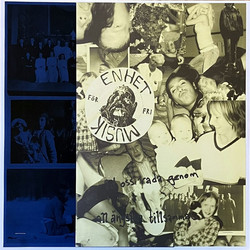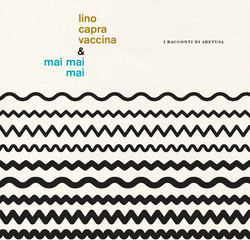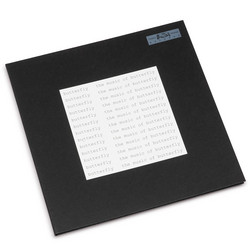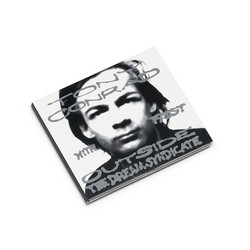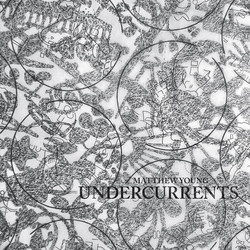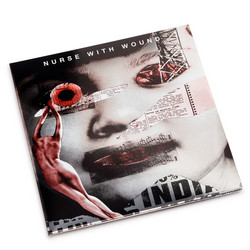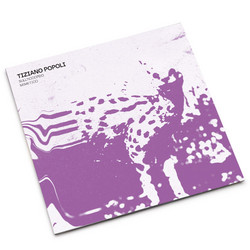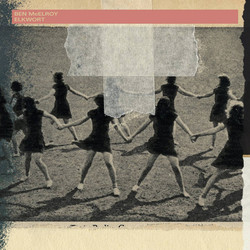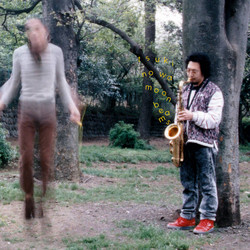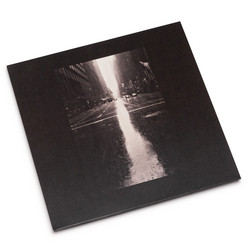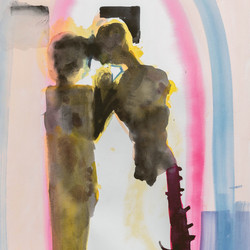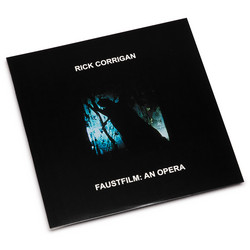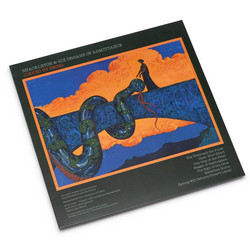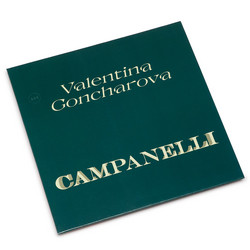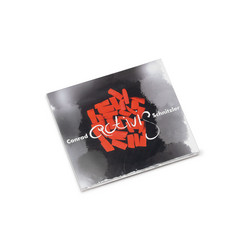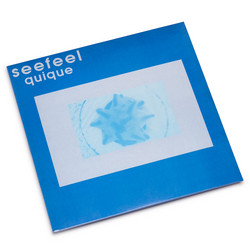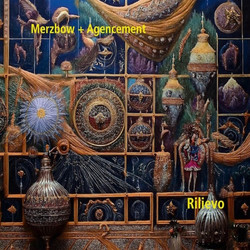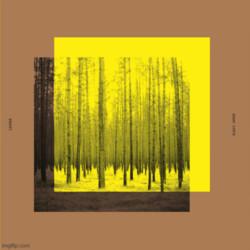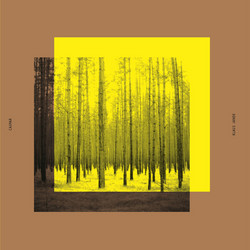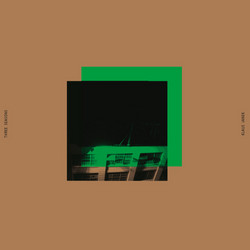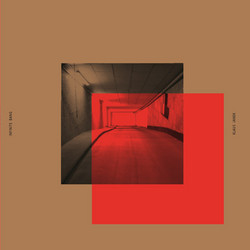'The first track on side A is “Violeros Revisitados”, which is a fight between the sounds made by Brazilian traditional musicians and the UHER Report 400 tape machine the sounds were recorded on. This source material was recorded by Gunther Kipfmüller in Northeast Brazil in the 1970s. Kipfmüller’s daughter, Milena , processes the raw material while Janek adds his contrabass and electronics to the mixture. Brazil born, Milena is also Berlin-based and works as”… a freelance soundartist, dramaturgue and producer”. For me, this is the most satisfying of all the pieces over all five of these records, perhaps because I enjoyed the sound of the source material presented here, plus I think Janek and Kipfmüller are simultaneously restrained and inventive in devising appropriate responses to it. The occasional snippets of singing are particularly beautiful; they pop up like wildflowers in unexpected locations.
On “Recorded Recorders”, Janek and Kipfmüller go further in their interaction with their recording device/s in part connecting to “…historical contexts…and technological processes…”of the 40 year period between the making of the original recordings and the assemblages of the duo’s current working practices. On first listens, it seems like a lot of looping is going on, – a typewriter appears briefly halfway through? – but the loops are very unusual and hard to identify what instrument/source they might have been derived from . Contrabass joins with a low, slow repeated phrase until gradually, extreme processing or sample manipulation takes over.
Turning the record over, we find “Echolot – Montreal / Sao Paulo”. “Echolot” was Janek and Kipfmüller’s “…performance installation…” commissioned by the Goethe Institut in Montreal for the 2016 White Nights Festival and performed again at the Sao Paulo Goethe Institut the following year. The duo “exclusively use the voices of the audience and the audience’s reactions” to produce what they deliberately intend to be a “musical composition”. How this was achieved in practical terms is not explained in the sleeve-notes, but we are told that a “20 second of reading of a book passage” is the central component of this exploration of unpredicatbility and chance. Having said that, there is what sounds to me like a drawbar organ in there as well, the significance of the presence of which is not explained. Perhaps I’m imagining it. Voices in French, English and German. “Tramlines…”, “…walking the dog…”, “…other people…” audible fragments; processed and looped, overlapping and tumbling over each other. A rhythm emerges in the loops; a feeling I find very familiar experience with many loop-based works. The process used stops short at even the prospect of total chaos – something I think artists shouldn’t be afraid of. For me, there is maybe a small barrier here – the attempt to constantly reconcile all sounds / noise / whatever with a traditional idea of “music”. I thought the idea was to try to make art, no?' - The Sound Projector


